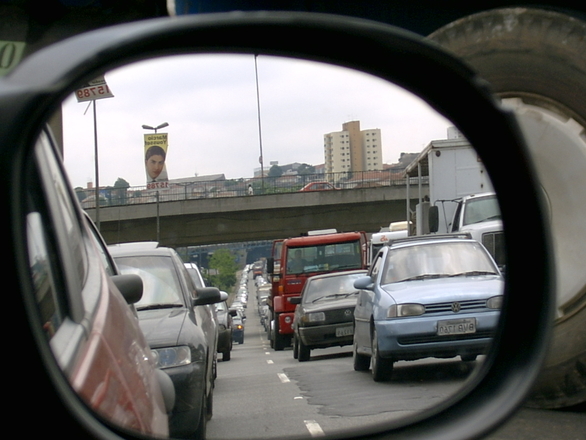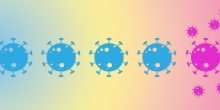Traffic jams are one of the biggest inconveniences in modern time. They lead to stressful situations for commuters, and cause huge economical and environmental damage. In 2014, the research company TNO estimated that transport companies in the Netherlands lose around 600-800 million Euros yearly due to traffic jams, see here.
One reason for this road congestion is that there may not be enough network capacity at rush hour, when too many people want to travel at the same time. In order to increase the capacity of the network, it can be extended, in the form of additional lanes or connection between different road sections.
Another important cause for congestion is the route choice by drivers. They want to get to their destinations as fast as possible, without caring about the travel time of others. Nowadays, there exist several real-time navigation tools that, based on the current traffic situation, can determine what is the fastest route to get to a given destination. It turns out that this selfish behavior can lead to unnecessary congestion in the road network.
In order to mitigate the economical and environmental damages, central planners, such as the government, want the road network to be used efficiently. Their definition of efficient usage is different from that of the individual drivers. A central planner is more interested in having an overall good network performance, which can mean multiple things, such as minimizing total or average travel time, or minimizing the emissions of green house gases.
However, neither the government or other institutions can control drivers' route choices, that is, there is a lack of coordination. This is different, for example, for the rail network, where travelers are bound to the train schedules designed by a central authority (which, in the Netherlands, is done by the company ProRail).
Moreover, the problem of extending the road network, as mentioned in the beginning of this article, is also not a trivial task. Intuitively, extending the road network should always lead to a decrease in travel time, due to the increased capacity; however, this intuition is in general wrong! Later we give a simple example that illustrate how selfish behavior by drivers can lead to this outcome. Conversely, it turns out that removing a road section might actually lead to a decrease in travel time, see, for example, the New York Times article "What if They Closed 42nd Street and Nobody Noticed?" by Gina Kolata. Here a link to the article.
All in all, selfish behavior of individual network users can lead to unnecessary congestion, and can lead to rather counter-intuitive outcomes. On the bright side, it is possible to deal with its negative consequences. Furthermore, we have a highly successful theory that can predict the consequences of different types of intervention in a congested network: this allows engineers and authorities to make informed decisions before implementing potential solutions.
For the theory we need a model to describe the system. See here for a simple example.






